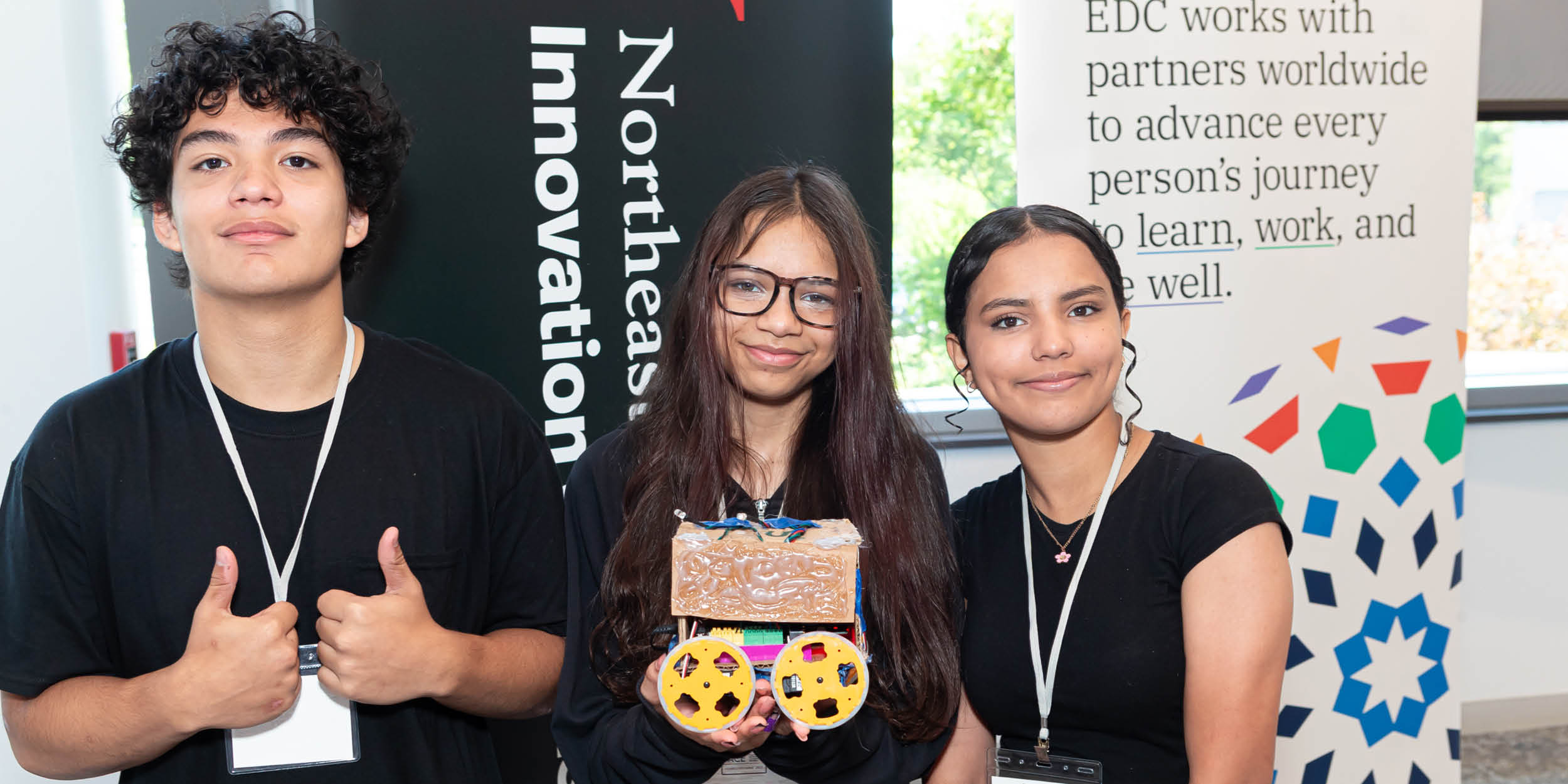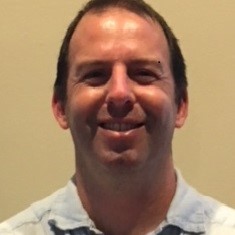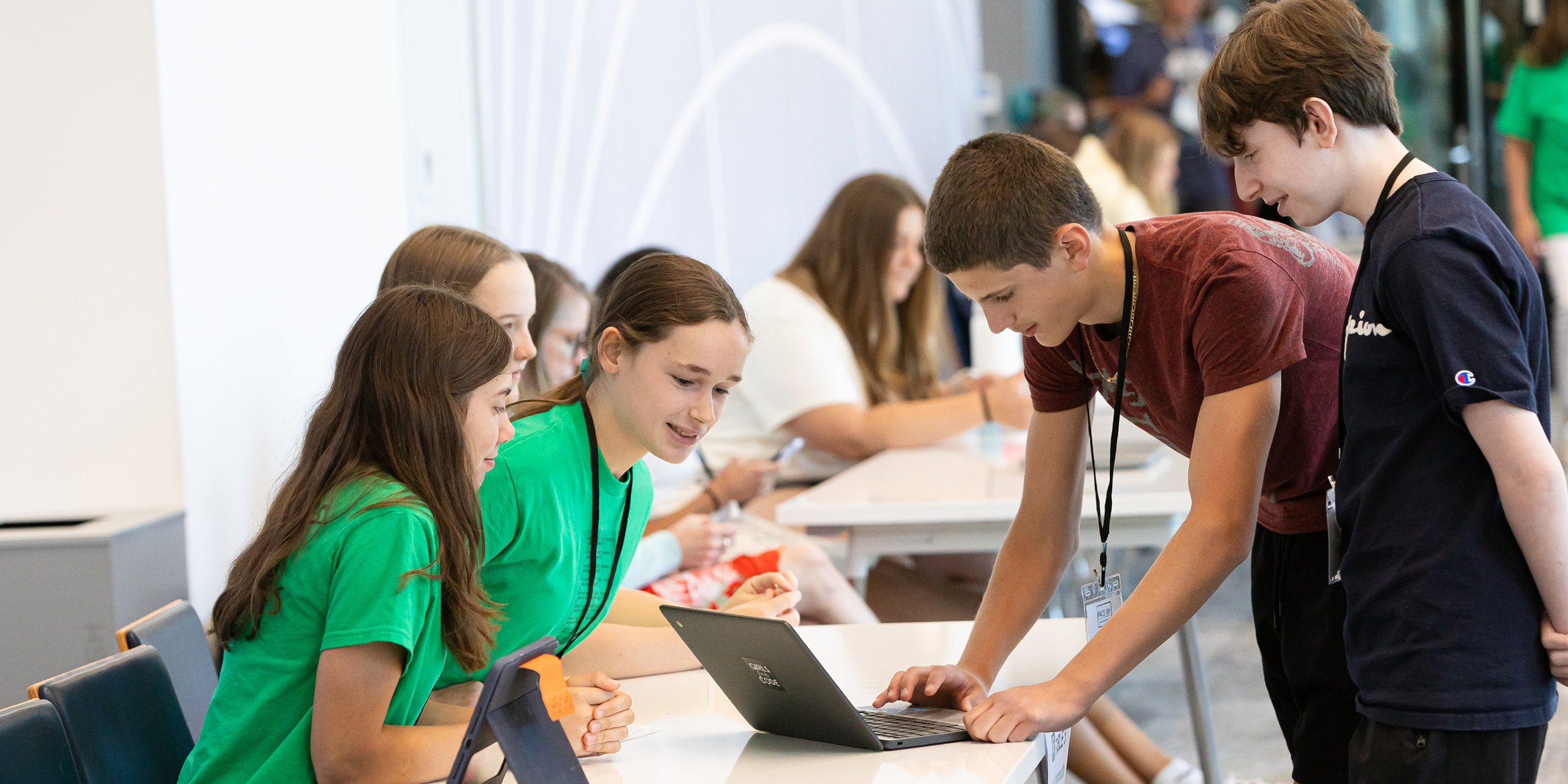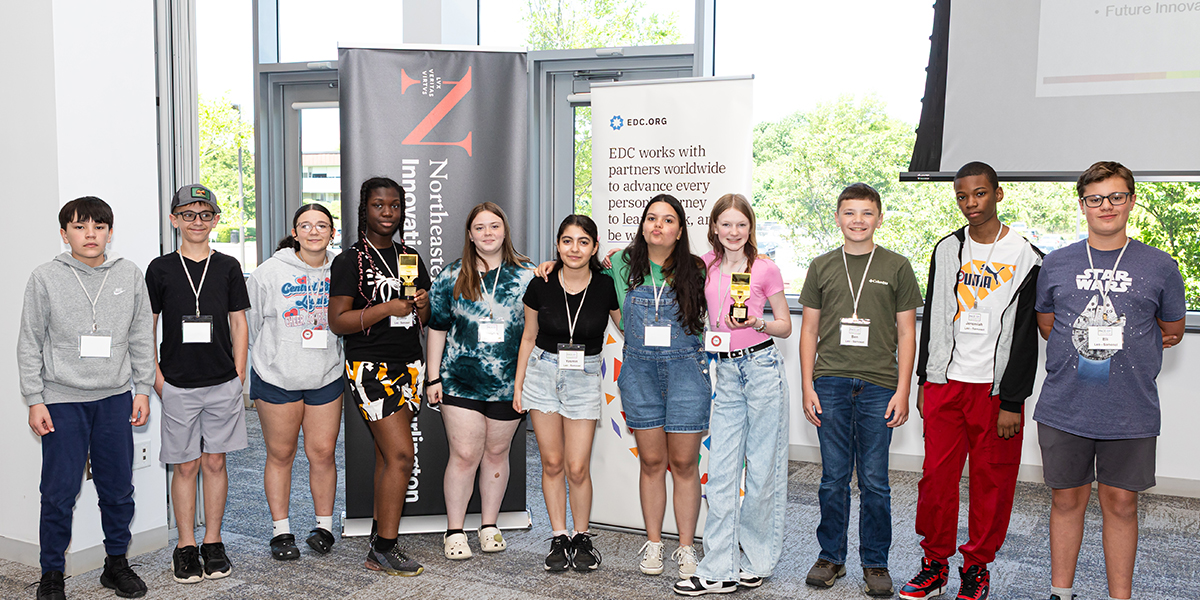Lessons from Pace: Part 2 – Listening to Student Voices: What Middle Schoolers Really Think about Computer Science

In Part 1 of this series, we explored the systematic strategies that have helped Programming the Acceleration of Computing Education (PACE) districts build sustainable computer science (CS) programs. Run by EDC and the Massachusetts Department of Elementary and Secondary Education, the PACE initiative made great progress—including producing a free toolkit that helps districts set up and sustain strong CS programs.
But even the best and most well-designed district infrastructure can fall short if it doesn’t align with what students actually want and need from their CS learning experiences.
We interviewed students from PACE schools, and their responses reveal both encouraging insights and persistent misconceptions that deserve serious attention. While district leaders focus on scheduling, staffing, and sustainability, students are navigating their own questions: Is this relevant to my future? Can I actually succeed at this? And perhaps most importantly, is computer science only for people who want to become programmers?
Student Perspectives on Effective CS Education
Middle school students in PACE schools provided the following valuable insights about what makes CS education engaging:
- Learning through experimentation: Students appreciated that CS courses allowed them to learn from mistakes through revision. “I can make something, and then I can see, I can say, that didn’t work, and then I can go back, and I can fix it again and again until it’s perfection.”
- Open-ended problem-solving: Students valued courses that promoted critical thinking through meaningful project creation, but disliked overly structured experiences that felt like “filling in a worksheet.”
- Collaborative learning: Working with partners helped students approach problems from multiple angles. “We can bounce ideas off each other, and then we can come up with a big idea.”
- Real-world applications: CS distinguished itself through hands-on work with building, designing, coding, and working with physical tools such as robots. As one student noted, “We started to realize it’s more applicable to real-life stuff.”
Addressing Career Pathway Connections
Students’ decisions about continuing with CS often reflect their perception of its relevance to career aspirations. Many students have narrow views of CS, seeing it only as “coding” rather than understanding its broad applicability. Students interested in Psychology, Medicine, or other fields often don’t recognize connections between CS and their career goals, presenting opportunities for educators to highlight the interdisciplinary nature of computational thinking. We recommend the following practical strategies for teachers:
- Connect projects to students’ career interests (data analysis for psychology, medical imaging for health care, digital art for creative fields)
- Show how computational thinking enhances work across professions
- Invite diverse professionals to share how they use CS in unexpected ways
Implementation Recommendations
Students’ insights reveal specific actions teachers can take to create more engaging CS experiences:
- Support experimental learning: Build revision cycles into projects and celebrate debugging as a valuable skill rather than failure.
- Design meaningful projects: Replace worksheet-style exercises with open-ended challenges where students choose problems to solve.
- Foster collaboration: Use structured pair programming and peer review sessions focused on problem-solving approaches.
- Highlight real-world connections: Start units by showing professionals using similar computational thinking and connect projects to current events or community challenges.
- Expand career understanding: Help students interview professionals in their areas of interest about computational thinking applications.
Sustaining the Transformation
The most significant insight from PACE is that successful CS programs focus on developing computational thinking skills, problem-solving abilities, and student confidence rather than just teaching coding. This broader vision creates educational experiences that serve students regardless of their chosen career paths.
As one PACE teacher reflected: “Now is the final week of the quarter so they’re actually making games that work, and the code’s running, and students are like, ‘Wow! Look at what I did!’“ This sense of accomplishment represents exactly the kind of educational outcome that prepares students for success in an increasingly computational world.
Such transformation is achievable when educators listen to student voices and design experiences that address their interests and concerns. But as we explored in Part 1 of this series, this student-centered approach works best within the systematic infrastructure that districts create through district stakeholder councils, strategic scheduling, collaborative networks, professional development, and data-driven work. When district-level support is combined with classroom-level responsiveness to student needs, schools can create comprehensive CS programs that prepare all students for their futures.








